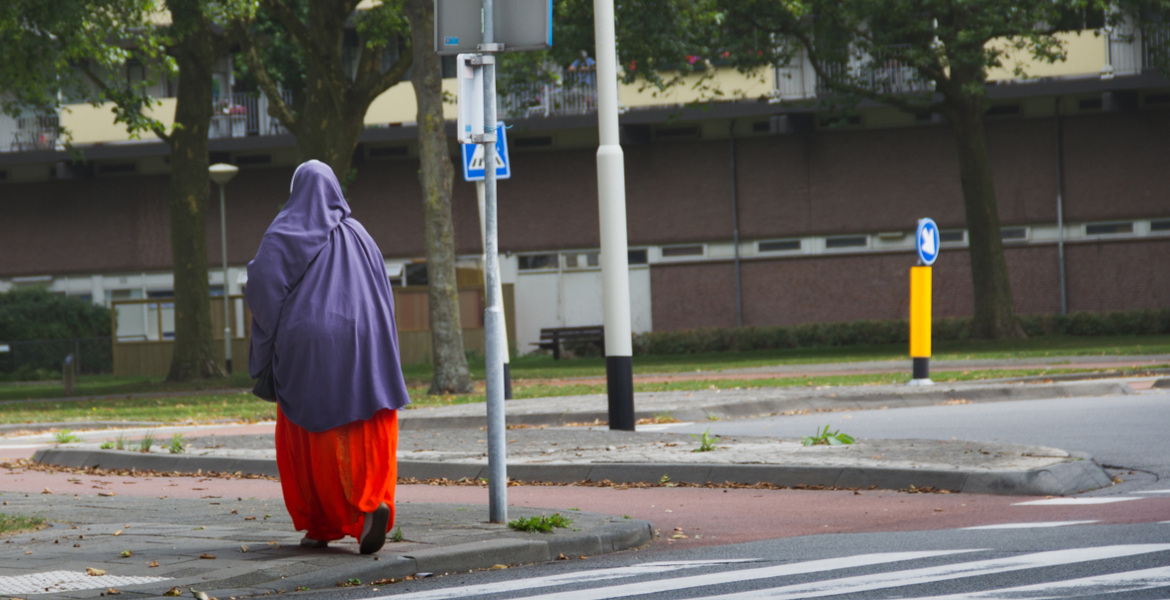Norwegian Mats Steen's life was marked by an illness that confined him to a wheelchair from an early age, and he was predicted to have a short life expectancy. However, in the hidden world of online gaming, he created a rich social life that was revealed in stark contrast upon his death. Now, Mats' life in World of Warcraft has become a documentary.
Mats Steen suffered from a rare disease called Duchenne Muscular Dystrophy, which gradually weakened his muscles, forcing him into a wheelchair before the age of eight and leaving him unable to walk. His parents, Robert and Trude, received the sad news that people diagnosed with the disease rarely live to see their 20th birthday. Mats lived to be 25.
He spent much of his time in the basement of his family's home, in front of his computer. He rarely went out and made no friends, so his parents thought their son was living a lonely life. When Mats died, they were proven wrong when they received about 50 messages from people saying that Mats was the best friend they had ever had.
Mats had met these friends through the online game World of Warcraft - where they knew him as Lord Ibelin Redmoore or Jerome Walker.
"Jerome and Ibelin are extensions of myself, they represent different sides of me", Mats himself described the characters in a 2019 report by Norwegian state broadcaster NRK.
Helped fellow players
Although the friends lived in other European countries, some of them attended Mats' funeral, and one of them honored Mats by giving a speech in his memory. He said that at that moment people all over Europe were lighting candles for Mats and remembering him with sadness and love.
When Norwegian documentary filmmaker Benjamin Ree read a report about Mats, he was so moved and fascinated by the fact that you can have so many friends without ever meeting in real life that he decided to make a documentary, which has now been completed several years later.
The documentary follows Mat's life both inside and outside of World of Warcraft. Much of it consists of recreating life in the game through animation, but one problem was that Ree had to get permission from game makers Blizzard to use the avatars in the game.
The film also shows how Mats has helped others.
– In the movie we meet a person who is on the spectrum, he struggled a lot, he was locked in a room for three years. He didn't go to school. Mats helped him back, Ree told NRK. They did this by having their avatars meet in the game.
The bosses cried
Ree finished the whole documentary and then went to California, where he showed the film to the game company's managers.
– After we showed the film, there was silence. I looked up at one of the executives who was crying, and he said: 'We can do this', Ree said.
In December, Ree learned that his film had been selected for the Sundance Festival in the United States. Ree is best known for his documentaries Magnus, about Norwegian chess genious Magnus Carlsen and The Painter and the Thief.
The documentary Ibelin will be released on March 8th this year.
Facts: World of Warcraft
The game, often abbreviated to WoW, is a massively multiplayer role-playing online game (MMORPG) first released by Blizzard Entertainment on November 23, 2004. It is the fourth game set in the Warcraft universe. Between 2008 and 2010, the game was the most subscribed MMORPG in the world, with 12 million subscribers.
Since the game's launch, users have spent a total of 5.93 million years playing the game.




